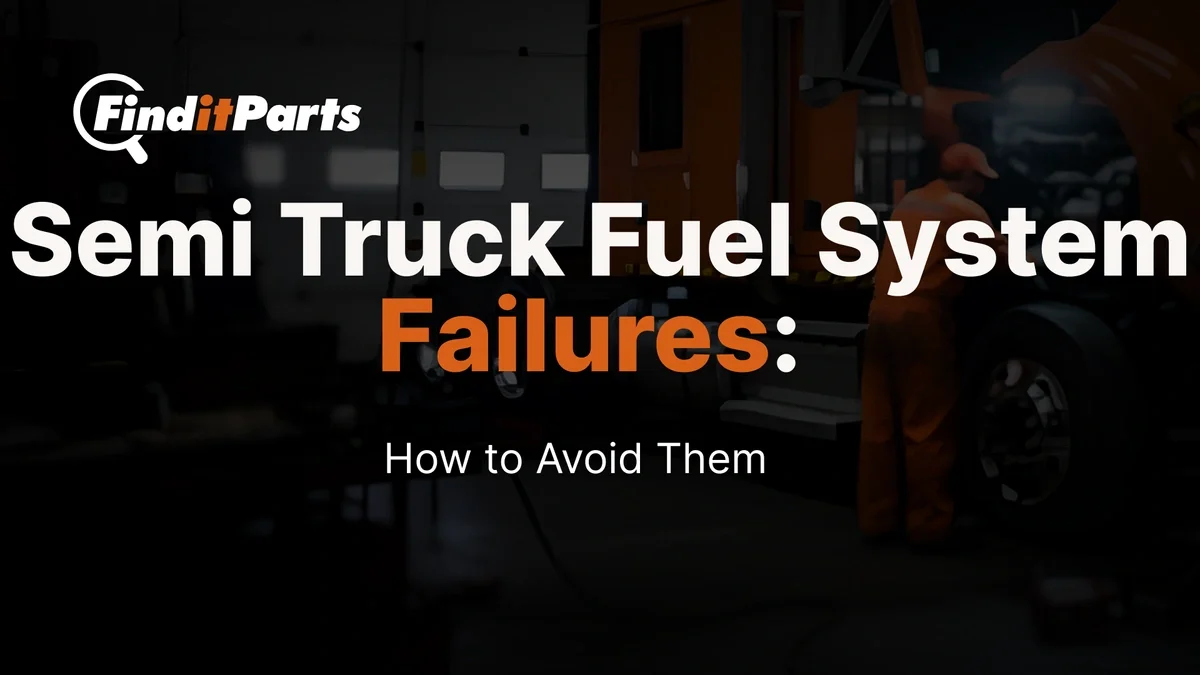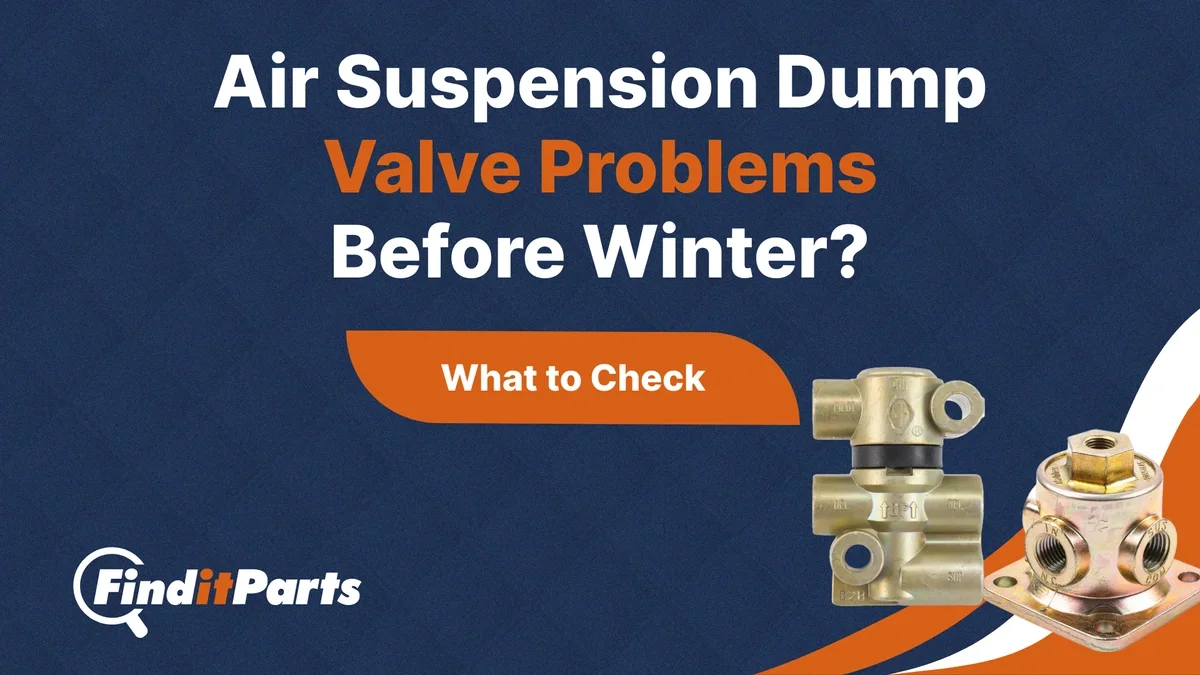Need help? We're here!
(888) 312-8812 Login SignupDIYer’s Guide: How to Replace a Flat Tire on Trucks
March 04, 2021

Image Source: Pixabay
Driving with a flat tire is not only unsafe, but it is also unlawful. The Code of Federal Regulations (CFR) 393.75 states that “No motor vehicle shall be operated with a tire that is flat or has an audible leak.” Violation of this law could render a commercial truck unqualified to drive. Worse, it can cause wheel damage and debilitating internal structural damage to the vehicle. It can also lead to road accidents that may cause injury or fatality.
Changing tires is not rocket science. While it may require some elbow grease, especially on big rigs with heavy tires, this task can be carried out even by a DIY truck driver. If diligent enough, a trucker can even become proficient in such skill in a few days. Practical habits that support safer operations—such as keeping your truck roadworthy—also help reduce the chances of unexpected tire issues in the first place.
Steps in replacing a flat tire
When the inevitable happens, and you get a flat tire, assess if it’s still safe for you to drive to the nearest truck stop. It is not a good idea to drive too long with a flat tire, so if you are in a remote place, you‘d better pull over to a safe spot and do the tire replacement by yourself. If you could use some help, here are the steps on how to pull off the job safely and easily:
- Keep the truck safe.
To safely carry out your DIY tire change, look for a stretch of road with a level surface and less traffic. If you got a flat tire on the interstate, find a safe spot where you can safely pull over and do the tire change. Just don’t forget to turn on the hazard lights. Park your truck and keep it at a straight line.
Prevent your big rig from moving by placing chocks in front and behind every tire you won’t be working on. If you don’t have chocks, you can use wooden boards or bricks. Load stability also matters—operators who understand safe load distribution and security tend to avoid tire-related failures caused by uneven weight.
- Loosen the lug nuts.
If your truck has a hub cap, you need to pry it off first using a screwdriver. Carefully pry it open at various spots so it would be easy for you to fully take it off later. Using a lug wrench, loosen the lug nuts by turning them counterclockwise. Rusted or tightly fastened lug nuts will require some elbow grease. You may apply some WD-40 or similar lubricant to the rusted lug nuts before loosening them. If you are taking much time and effort to do this using a lug wrench, try to use a breaker bar.
- Lift the truck.
You will need a jack that’s strong enough for your truck. A hydraulic bottle jack will do. Find the notches near the wheel wells where you can safely place the jack. Position the jack stands underneath the truck right next to the jack. Depending on the truck, you may not need to raise it when removing the tire. You can instead take off the truck’s tire using a tire changing tool.
- Remove the old and mount the new tire.
Once the jack stands are up, remove the lug nuts and take the wheel off the truck. Ask for assistance as the truck tires are heavy. Carefully install the new tire. Make sure the wheel’s holes are aligned with the lug bolts before sliding the wheel back. If your ride has got double wheels, these should both be fitted onto the lug bolts. After mounting the tire properly, put back the lug nuts and tighten them by hand.
- Lower the truck and tighten the lug nuts.
Raise the truck by around an inch and remove the jack stands from underneath the truck. Lower the truck down to the ground without removing the jack. Tighten the lug nuts until they can no longer be moved clockwise using the wrench or breaker bar. Make sure to secure all the lug nuts.
- Put the hubcap back.
This step can easily be done even without special tools. Just align the hubcap and the valve stem and push the hubcap back into place. Start from the bottom and work your way up to the top.
Tips in maintaining your tires
To keep your newly installed tires in good condition for an extended period, keep these tips in mind:
- Give your tires a regular check.
Do routine inspections to know if the tires are properly inflated and look for signs of wear and tear. When you notice signs of uneven wear and premature damage, deal with them as soon as possible. If your truck’s tires go 20% below their recommended PSI, this means you’ve got flat tires, and you should have them replaced immediately. You should also check the condition of the tire sidewalls, lug nuts, valve caps, and suspension parts.
- Make sure the tires are properly inflated.
After your driving shift, give your tires time to cool and check the tire pressure. To get the correct PSI, weigh the truck when it’s fully loaded, making sure you weigh the front, rear, and trailer axles independently. Compare the axle weights to your tire manufacturer’s recommendations. Pay attention to the load that the front axle often supports. If the scale weight surpasses the maximum load-carrying capacity, it’s high time for you to upgrade to higher-capacity tires. Regular preventive habits like these are also emphasized in guidance for avoiding costly truck repairs, since tire failures are among the issues that can escalate quickly.
- Keep an eye on tire wear.
It pays to make sure your truck’s tires are wearing evenly. Pay close attention to tire alignments, inflation, and load-carrying capacities. Avoid postponing or putting off scheduled tire service as this can have severe consequences. Staying on top of wear patterns supports a broader maintenance approach, which also includes using necessary lubricants that keep your truck in peak condition to protect moving components throughout the vehicle.
Carrying the right equipment on the road also makes a difference, and some drivers prefer to keep essential trucking tools readily accessible for situations where a small fix can prevent a larger tire-related failure.
FinditParts is one with you in your goal of making your tires last longer than expected and making every tire change an easy feat. This is why we offer a vast selection of tire service kits and equipment, including the Tire Service Equipment Cheetah Bead Seater and the Tubeless Truck Tire Demounting and Mounting Tool Set from the same brand. We’ve also got a wide selection of Tire Pressure Monitoring Systems and Sensors for you to choose from. You can get all your tire needs from FinditParts at prices that won’t hurt your budget. Check out our comprehensive catalog now and bring your truck back on the road in no time!



